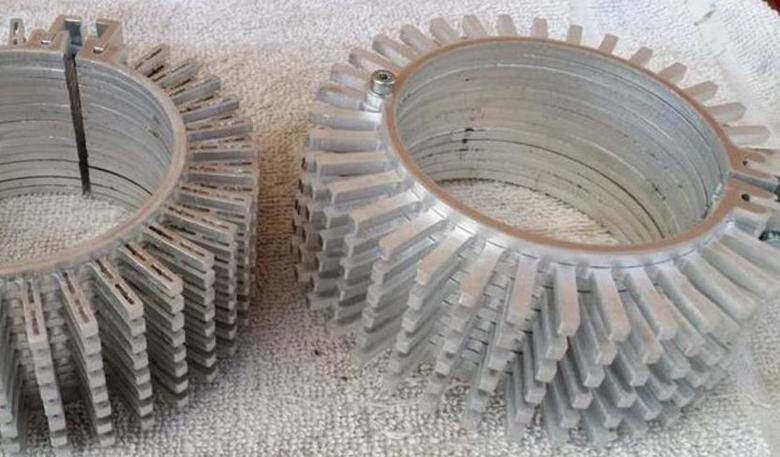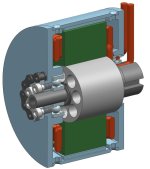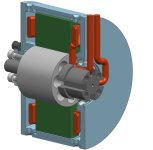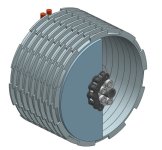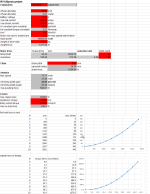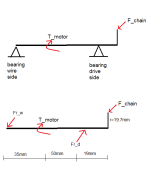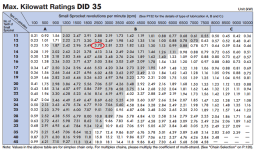nutnspecial
10 MW
I've been wanting to try similar to the bht, but havent because it's not easy to add a protected fan to the outside of the motor. Open blades/props aren't good, and mud/dirt is as much a consideration whether can is open or closed.
I mean that any forced cooling, whether motor is vented or not should be carefully designed with mud/dirt in mind, and safety. I don't want an exposed metal blade driven by the motor it's cooling, to get tangled or cut stuff up, especially between my feet. I assumed the pro w/ ventilator would be already designed somewhat with those things in mind, but perhaps not if they were just thinking of planes.
I also assumed it wasn't a big deal to run (as the pro does) with venting and cooling. Alot of guys with hubs do it, and as long as halls and windings are varnished/protected the bearings seem to be the only other worry.
On an RV, much more adequate bearings (as you proposed) are very key whether sealed or vented. I am merely trying to offer/think further about the cooling. Outrunners are like hubs in that they are more sensitive to the heat they generate, due to disconnection in thermal mass, right? I can see how statorade should improve that and in combo with the .35 lams I agree the capability of the 120es should be between reg and pro120.
So you don't think the ventilated version would be a wise decision off the bat, because any potential cooling gains won't be worth the hassle of addled wear on bearings/seals and motor internals.
It's true since the can is already spinning a heatsink and as much extra surface area for a little turbulence is a great cooling idea they would have never applied because of the initial application of these. For us, maybe that + sealed and statorade will be the best combo of performance/power/longevity for bikes and offroad.
Should we ask RV about surface/exterior mods or plan on customizing ourselves for each application? I'm not sure exactly what snowy's suggestion would even look like actually.
Thanks for the discussion/ hashing out details!


